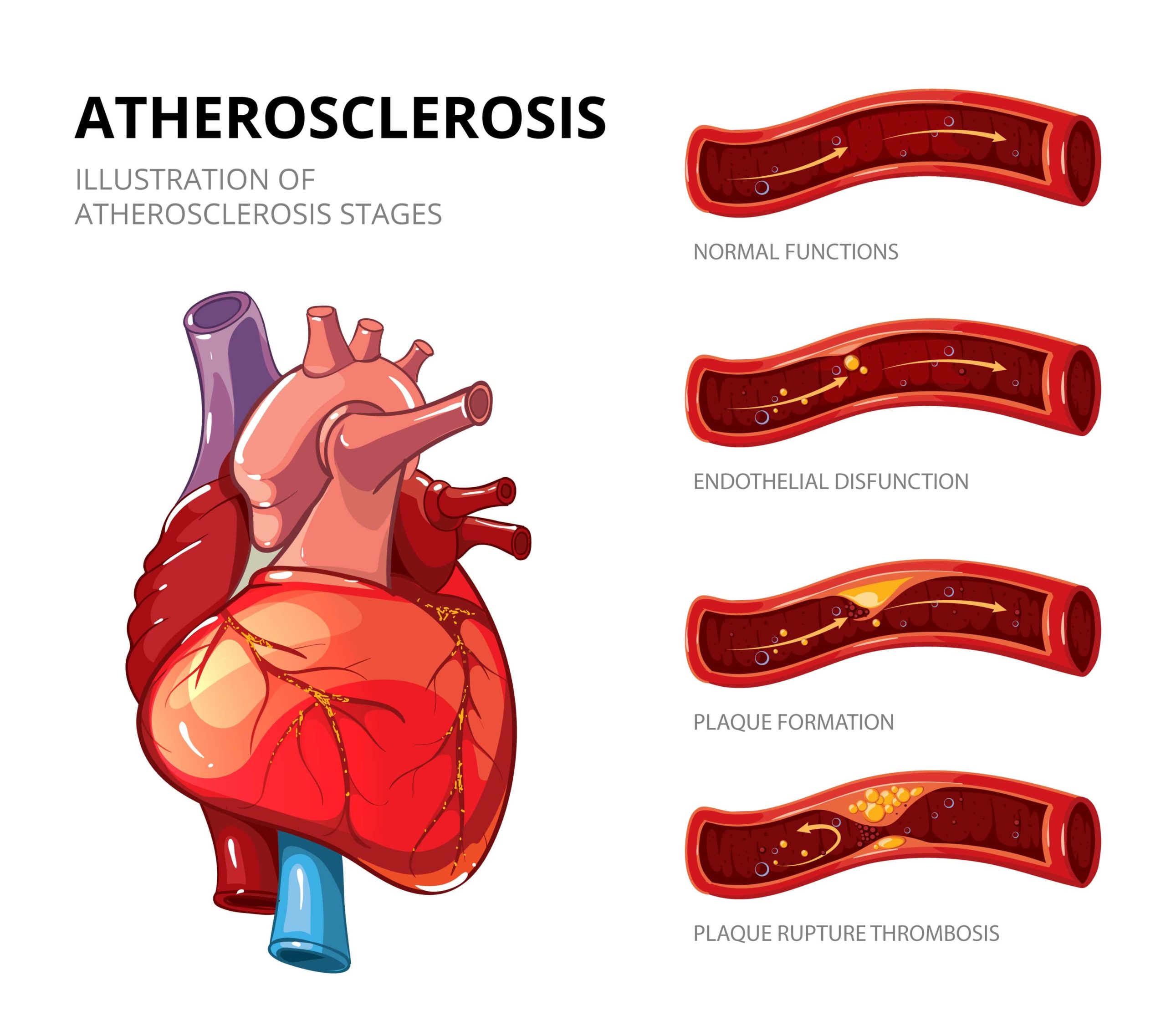Caring for Young Hearts: A Comprehensive Guide to Types of Heart Diseases in Children
We are delighted to welcome back Dr. Jörg Müller-Scholtz (MD, PhD), our esteemed Specialist Pediatric Cardiologist, to the German Heart Centre in Dubai.
Dr. Müller-Scholtz is returning from Germany, bringing with him his 20 years of clinical experience and meticulous qualifications. As an integral member of the GHC family, he has always provided exceptional care to our pediatric cardiology patients. In this blog, he gives an insight into the types of heart diseases in children and how to deal with them.
Heart diseases are challenging, but awareness of pediatric heart conditions and their signs is crucial for the child.
Let’s understand different types of heart disease in children.
Types of heart disease in Children
Five most important reasons to have regular heart screenings include:
Congenital heart disease (CHD) are heart diseases that children are born with. CHDs include heart valve disorders, hypoplastic left heart syndrome, disorders involving holes in the heart, and tetralogy of Fallot.
Signs of congenital heart disease in children include
- rapid heartbeat.
- rapid breathing.
- swelling of the legs, tummy or around the eyes.
- Heaviness in breath, extreme tiredness or fatigue.
- a tinge of blueness in the skin or lips (cyanosis)
In small babies, they may have difficulty gulping food.
Atherosclerosis is a heart condition when plaque builds up inside arteries, leading to a narrowing and hardening of the arteries. While it is commonly associated with adults, it can also occur in children, particularly those with risk factors such as obesity, high BP, and high cholesterol. Atherosclerosis in children can lead to serious complications such as heart attack and stroke later in life.
Rheumatic heart disease is caused by the untreated streptococcus bacteria responsible for strep throat and scarlet fever. It may cause permanent damage to the heart valves and muscles, leading to inflammation (myocarditis)
It generally occurs in children aged 5-15 years, with symptoms of rheumatic heart disease emerging ten to twenty years after the initial illness.
Arrhythmias are abnormal rhythms of the heart that may cause weakness, fatigue, dizziness, fainting, or difficulty feeding. They can occur in children due to various factors such as congenital heart disease, infections, or electrolyte imbalances.
Examples of arrhythmias include supraventricular tachycardia, ventricular tachycardia, and atrial fibrillation.
Pericarditis happens when the pericardium, the thin sac surrounding the heart, becomes inflamed or infected, leading to increased fluid between its two layers that impair the heart’s pumping ability. It may result from chest traumas, bacterial infections, connective tissue disorders, or surgery to repair a congenital heart condition. The treatment depends on the child’s overall health, age, and the severity of the disease.
High blood pressure (BP)in children can occur due to various factors such as obesity, kidney disease, and certain medications. If left untreated, high BP can lead to serious complications such as cardiac disease and stroke.
Kawasaki disease can cause inflammation in the blood vessels and causes heart conditions in as many as 1 in 4 children. It mostly affects children under five .
Kawasaki disease is a rare illness affecting children by causing inflammation in their blood vessels, particularly in their hands, feet, mouth, lips, and throat. It also leads to fever and swelling in the lymph nodes, and its cause remains unknown.
The treatment usually involves intravenous gamma globulin or aspirin, while corticosteroids may reduce future complications. Patients require lifelong monitoring of their heart health.
Heart murmurs may be harmless or may signal an underlying cardiovascular problem.
A heart murmur is a sound of blood flow through the heart chambers, valves, or blood vessels near the heart that may signal an underlying cardiovascular condition or be harmless. Congenital heart disease, fever, or anaemia can cause heart murmurs.
Viral infections can cause myocarditis, affecting the heart’s ability to pump blood throughout the body.
Viral infections have the potential to cause myocarditis, which can impair the heart’s ability to pump blood effectively throughout the body.
Although rare, viral infections of the heart may exhibit few symptoms. When symptoms do manifest, they can resemble those of the flu, such as fatigue, shortness of breath, and chest discomfort. The treatment typically involves medications and symptom-based therapies to manage myocarditis.

Is your child's heart playing a bad beat? Watch out for these red flags signs of heart disease
Your child can manifest one or more of these symptoms due to an anomalous heart condition
- Blue colour around the lips or skin (cyanosis)
- Rapid or irregular heartbeat
- Chest pain or discomfort
- Swelling in the legs, ankles, or feet
- Difficulty feeding, especially becoming sweaty during feeds
- Shortness of breath, even during light activity
- Poor growth or delayed development
- Pale or greyish skin
- Fainting or sudden loss of consciousness
- Easily becoming tired during physical activity
Parents play a vital role in recognizing any anomaly in children’s heart health conditions. Little awareness can simply reduce the suffering from a heart ailment and plough positive results.
Heart Care You Can Trust: Why Approach German Heart Care
Heart conditions should be addressed as a priority. When pediatric heart care is concerned, it becomes even more important to listen carefully to your child’s heartbeat. You can approach German Heart Centre to receive the best heart care for your child.
German Heart Care is equipped with highly advanced technology for detailed diagnosis and treatment of heart care. Children with heart disease may not be aware of their condition. Be prudent and trust GHC for your young’s heart care.
